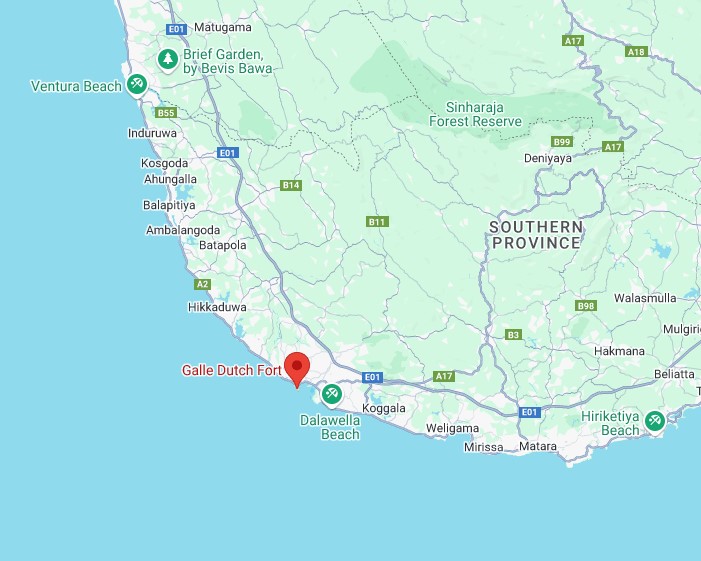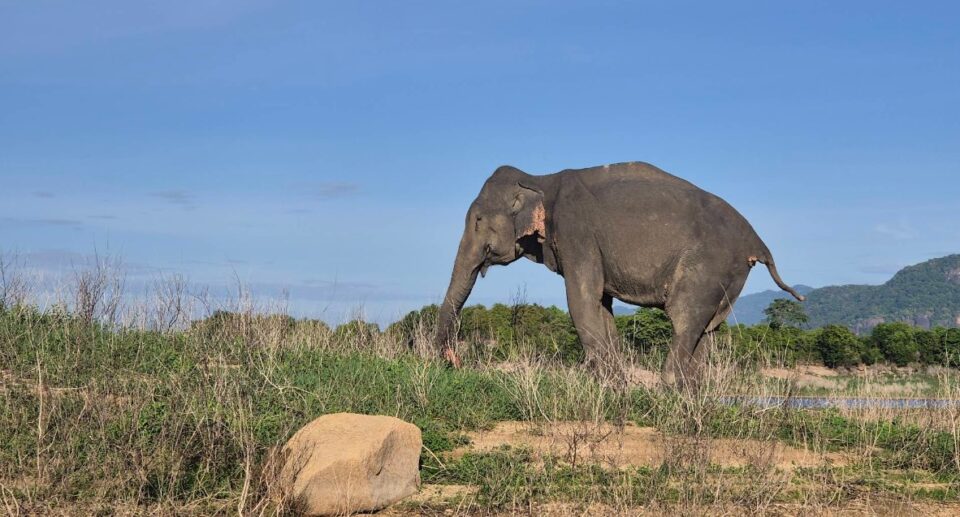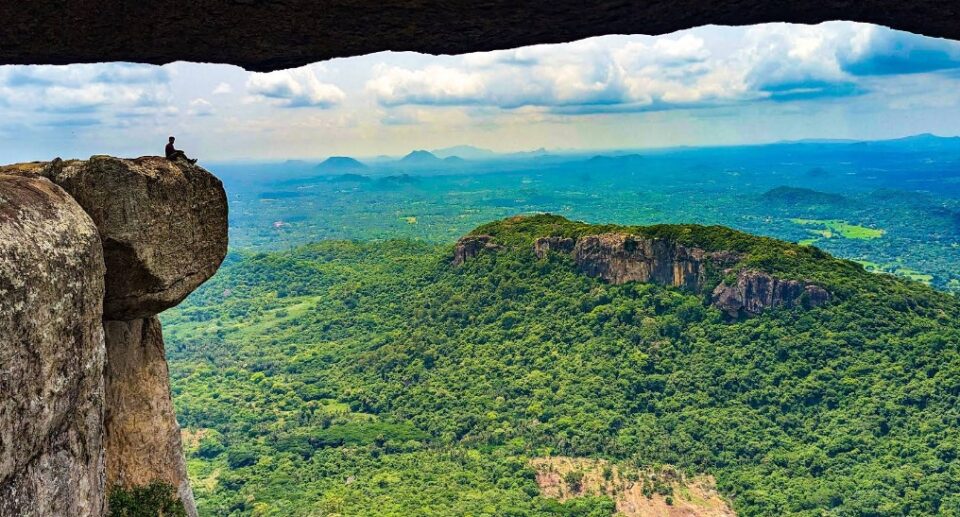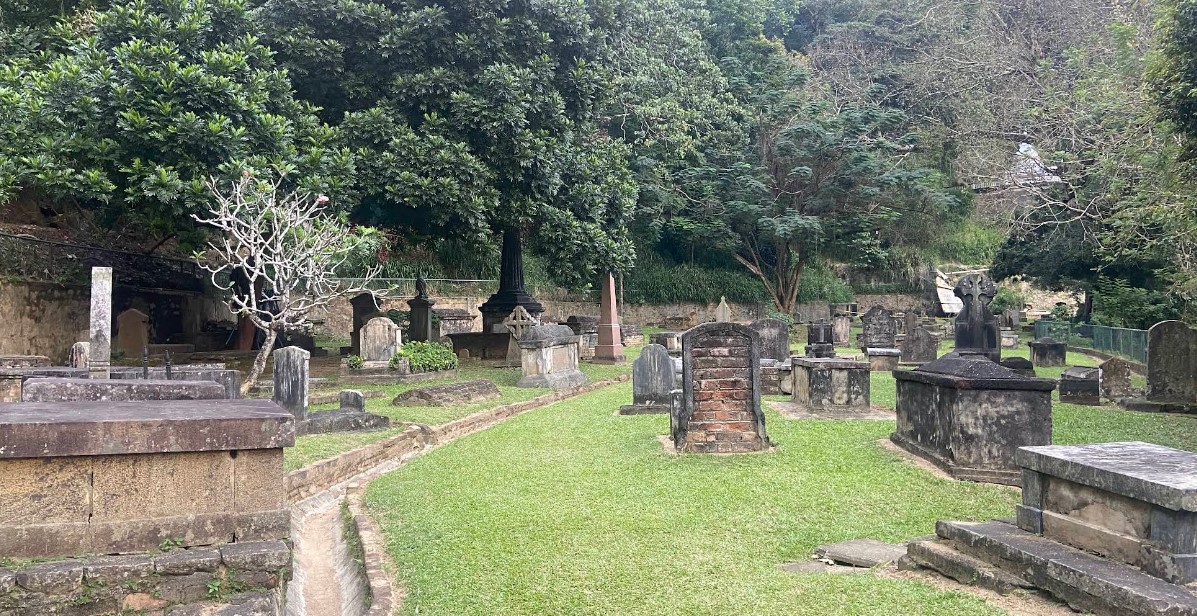Galle Dutch Fort: A Historical Masterpiece of Sri Lanka
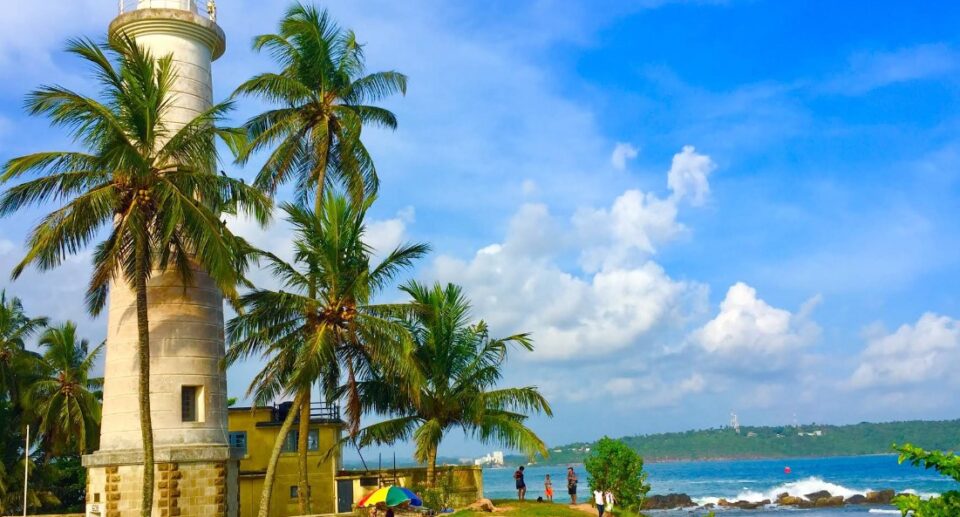
Located on the southwestern coast of Sri Lanka, Galle Dutch Fort is a fine representation of the island’s colonial history, architectural brilliance, and cultural amalgamation. First built by the Portuguese in the 16th century and then fortified by the Dutch in the 17th century, the Galle Fort is a singular instance of a South Asian European fortified city preserved almost in its original state. It is today a UNESCO World Heritage Site and, apart from being a historical monument, a living town as well where past and present blend together in harmony.
Historical Background
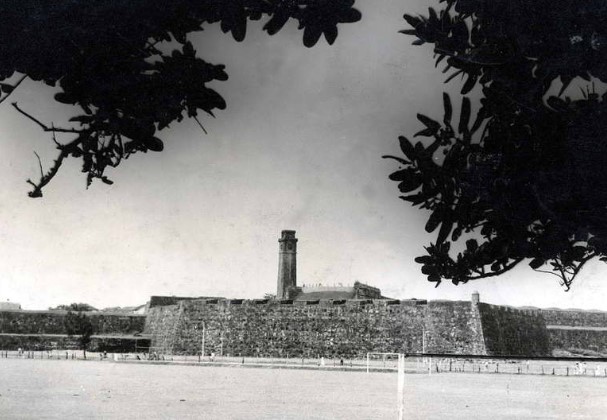
The history of Galle Fort begins in 1505 when the Portuguese arrived in Sri Lanka. Observing the strategic position of Galle’s natural harbour, they established a small fortified town there. But their occupation of the fort was brief. In 1640, the Dutch East India Company (VOC) captured Galle from the Portuguese and began huge reconstruction and expansion. They transformed the Portuguese fortification into a gigantic fortified city, with ramparts, bastions, moats, and warehouses.

Dutch control over Galle prevailed until 1796, when the British took control of the island. Although the British transferred administrative functions to Colombo, much of the Dutch infrastructure in Galle remained intact. As such, the Fort boasts an unprecedented combination of European colonial building styles and South Asian adaptations, making it one of the best-preserved colonial heritage buildings in Asia.
Architectural and Urban Design
The Galle Dutch Fort is more than a building, a fortified town with a labyrinth of streets, houses, churches, and defenses. The entire complex of the Fort occupies about 130 acres, surrounded on three sides by the sea and protected on the land side by imposing ramparts and bastions.
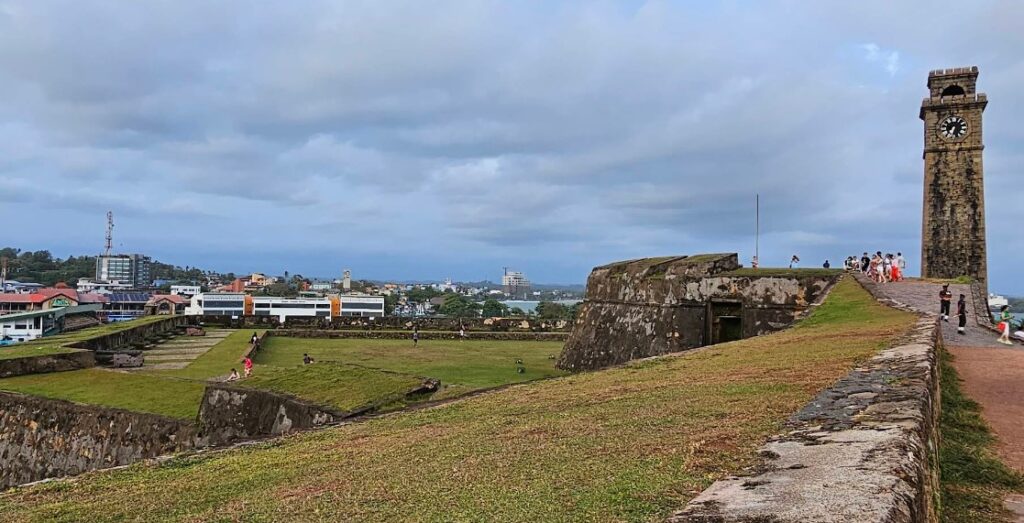
- Fortifications
The defense walls, built primarily of coral and granite, are the most typical feature of the Fort. The 14 bastions, each with a name and history—such as Sun Bastion, Moon Bastion, and Clippenburg Bastion mark the walls. The bastions were designed to ward off attack by sea and are strategically located in terms of cannon fire and surveillance. - Dutch Architecture
The interior town contains thick-walled, steeply gabled colonial Dutch structures with arched doorways and large shuttered windows. Some of the remaining Dutch-period buildings are:
The Dutch Reformed Church (Groote Kerk) – built in 1755, it is a good representation of Dutch ecclesiastical buildings, with a standard gable roof, calamander wood pulpit, and ancient gravestones incorporated into the floor.
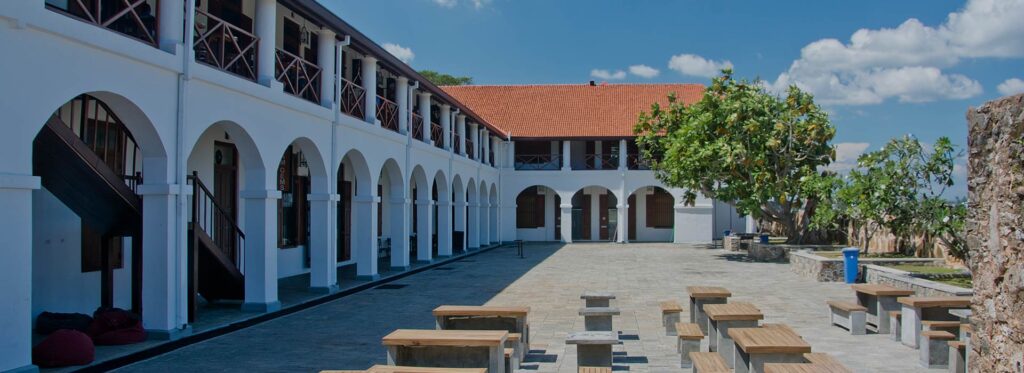
The Old Dutch Hospital – today a breathtakingly restored shopping and dining district, this one was originally a medical complex for VOC officers and soldiers.
The Dutch Governor’s House – despite changes over time, traces of the original house remain, giving evidence of the administrative presence of the Dutch government.
- British Influences
In the British period, several new structures were built, from All Saints Church Anglican (1871), the Clock Tower (1883), to the Lighthouse (first built in 1848, rebuilt in 1939). All these constructions reflect continuity and progress of colonial control in Galle over centuries.
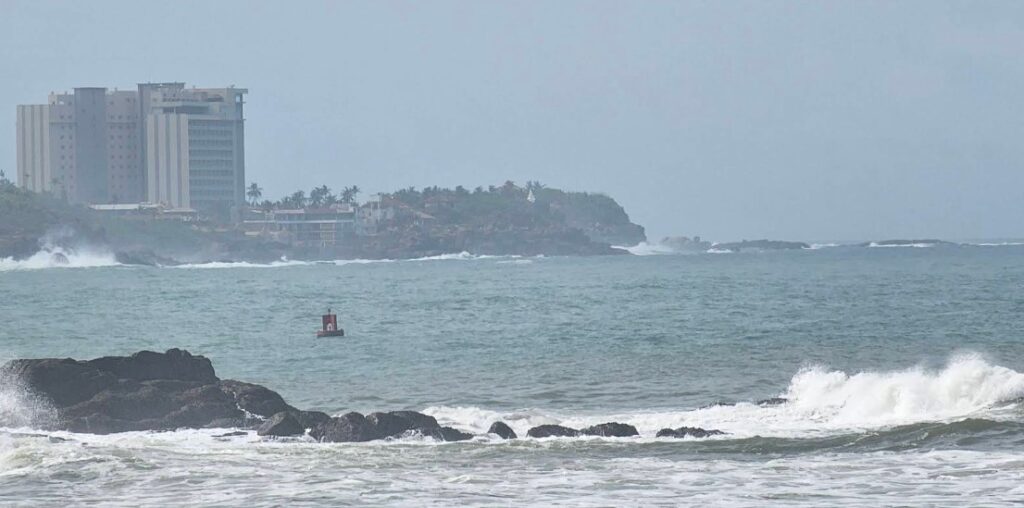
Cultural and Social Life Within the Fort
What makes Galle Fort so unique among all the historical sites is that it is a living heritage site. It has a multi-cultural population, including Sinhalese, Muslims (especially the Moor community), Burghers (descendants of the Dutch colonists), and Tamils. These communities have been there for generations, which is why the Fort is such a vibrant social and cultural melting pot.
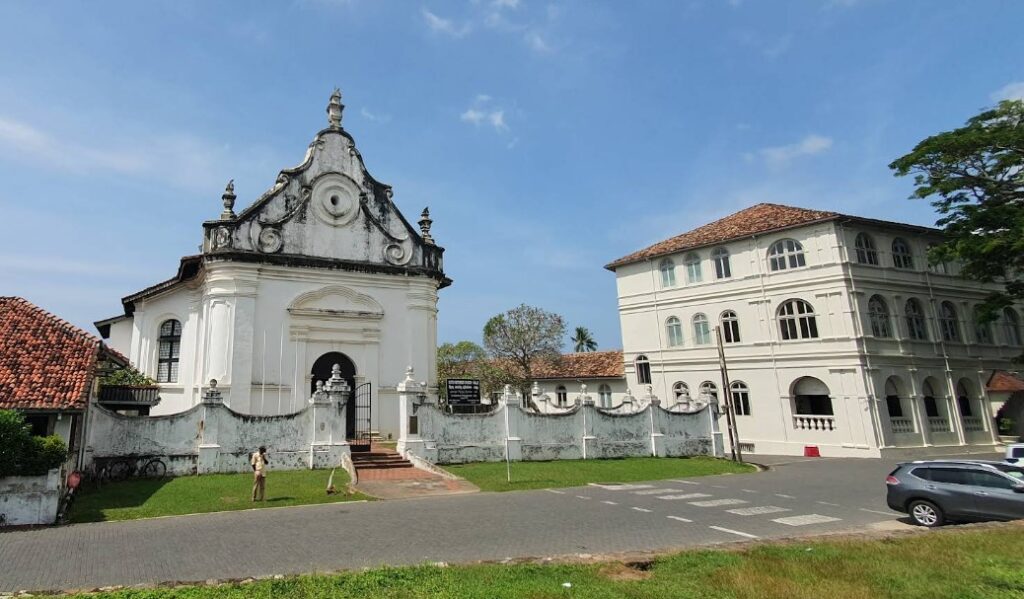
Walking down the cobblestone streets, one comes across old mansions, boutique hotels, art galleries, museums, cafes, and craftsman shops many of them in restored colonial buildings. Such a mix of modern lifestyle amidst ancient surroundings makes Galle Fort stand out in Sri Lanka.
The Galle Literary Festival, an annual international festival, invites writers, artists, and thinkers from all over the world to the Fort, making it a center of culture as well.
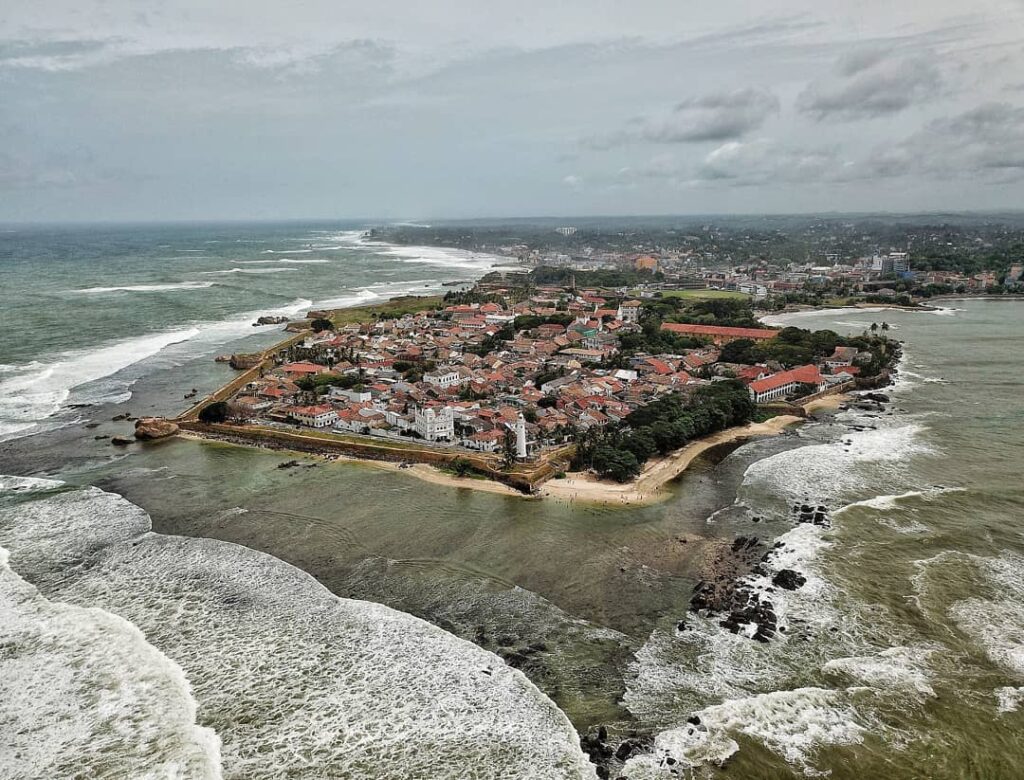
UNESCO World Heritage Designation
Galle Fort was designated a UNESCO World Heritage Site in 1988 for its European-Asian architectural, urban planning, and cultural symbiosis. According to UNESCO designation, the Fort “represents an urban ensemble which illustrates the interaction of European architecture and South Asian traditions from the 16th to the 19th centuries.”
The conservation of Galle Fort has been supported by both government and non-governmental agencies, with strict regulations to ensure that the renovations preserve the architectural value and historical nature of the site.
Attractions Within the Fort
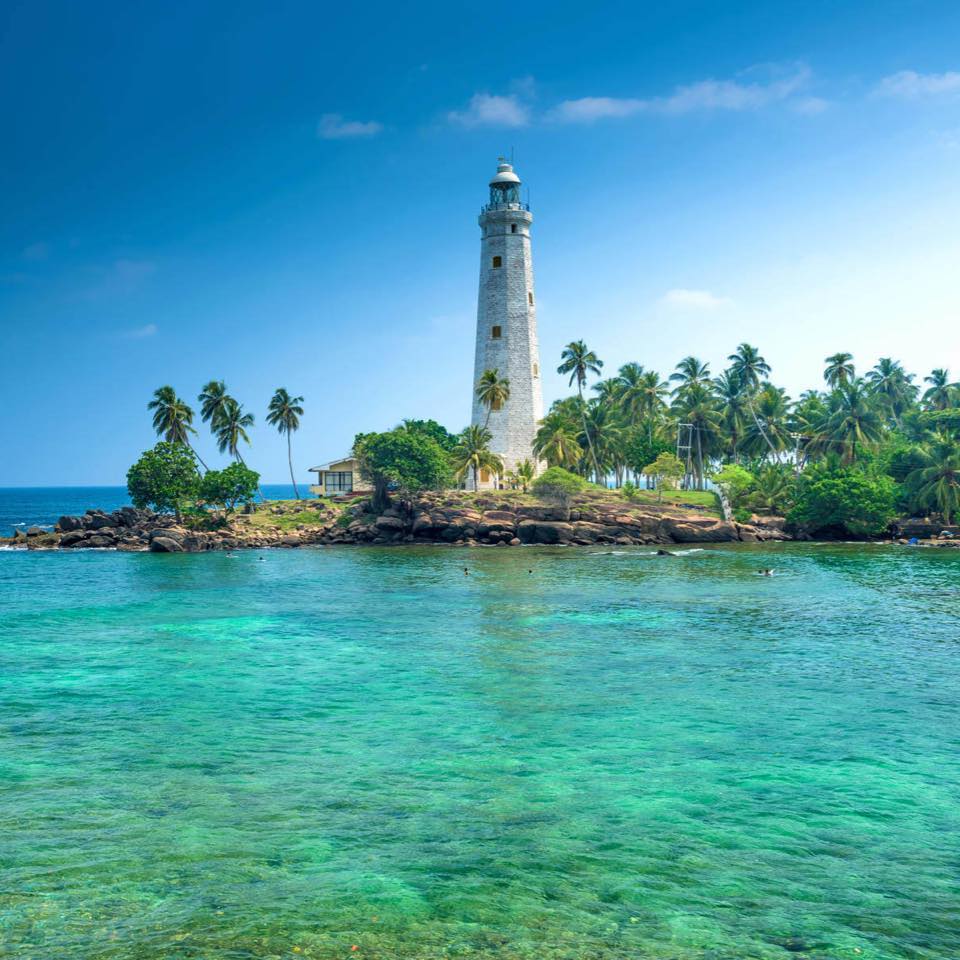
- Galle Lighthouse
One of Galle’s most popular landmarks, the Galle Lighthouse sits atop the sea to the south and is popular with both foreigners and locals alike. The lighthouse as seen today was erected in 1939 and continues to function.
- Maritime Archaeology Museum
A restored 17th-century Dutch warehouse houses this museum, whose exhibits include finds from shipwrecks along the coast at Galle, including cannons, maps, and sea instruments, giving a history of Sri Lanka’s seafaring heritage. - Rampart Walk
The rampart walk that goes all around the Fort provides breathtaking views of the Indian Ocean, colonial structures, and colorful sunsets. It is an activity that any visitor cannot miss at the Fort. - Dutch Reformed Church
This living church today provides an insight into the religious traditions of the Dutch colonists. Tourists are able to see its interior in its entirety, including ancient tombstones and antique furniture.

Meera Mosque
This lovely mosque was constructed in the early 1900s and is a reflection of the historical Muslim presence in Galle. Its whitewashed exterior and domes complement the colonial structure of the adjacent buildings.
Challenges and Conservation Efforts Despite its historical status, Galle Fort has faced a number of challenges, including: Urban development pressures , Over-tourism Natural disasters, most notably the 2004 Indian Ocean tsunami, which caused widespread damage to parts of the Fort and surrounding coastline
In response, the government of Sri Lanka, with the support of UNESCO and other heritage institutions, has implemented conservation and development plans to maintain the Fort’s integrity. Special controls are in place for any kind of construction or restoration work within the Fort complex.
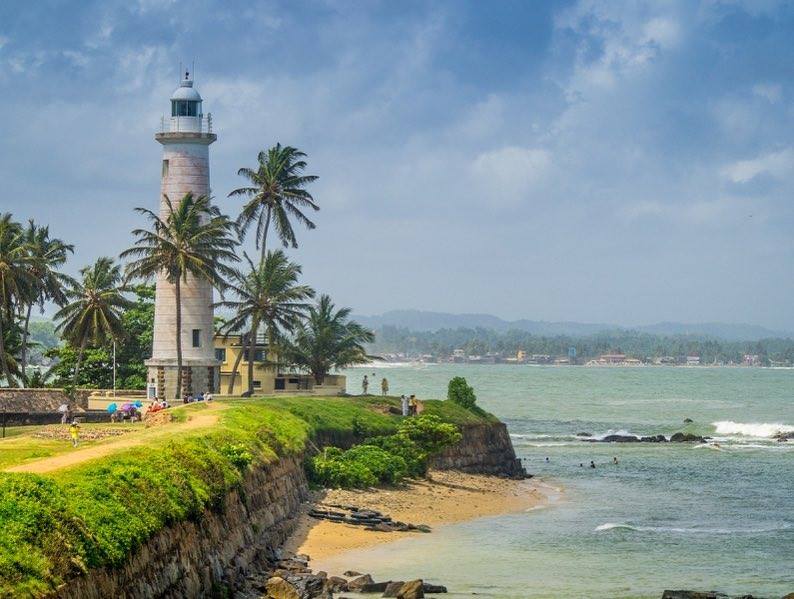
A Living Symbol of Resilience
Galle Fort is more than an historic site it is an actual, thriving town still alive today. Its walls have endured centuries of colonial occupation, natural disasters, and the battering of time. It is a symbol of Sri Lanka’s resilience, a melting pot of cultures, and a testament to its rich history.
For tourists, historians, and architecture buffs as well, Galle Fort is an enlightening but enchanting experience. Its evocative streets, hospitable communities, and rich history all invite all visitors to stroll back in time while still enjoying the comforts and thrill of the modern world.
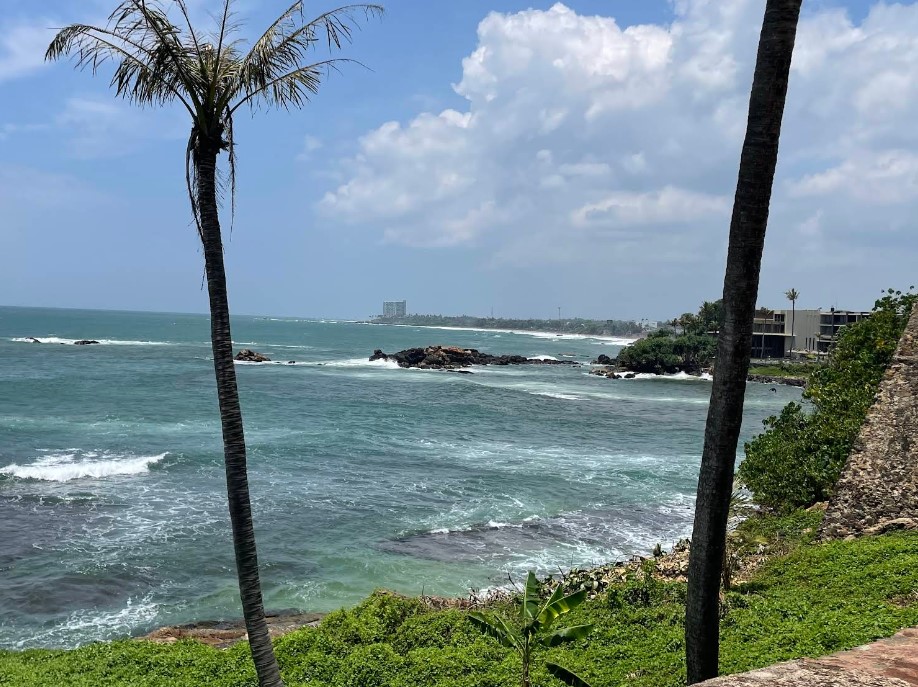
Contact Information
Address: Galle Dutch Fort, Galle 80000, Sri lanka
Open – 24 Hours
How To Go
By Train
- Departure: From Colombo Fort Railway Station.
- Journey Time: Approximately 2.5 to 3 hours.
- Ticket Prices:
- Third Class: LKR 240
- Second Class: LKR 500
- First Class: LKR 990
- Frequency: Trains run frequently throughout the day.
- Arrival: Galle Railway Station.
- From Station to Fort: You can either walk (approximately 20 minutes) or take a tuk-tuk (around LKR 200-300) to Galle Dutch Fort.
By Bus
- Departure: From Colombo Central Bus Stand.
- Journey Time: Approximately 2.5 to 3 hours.
- Ticket Prices: Around LKR 150-250, depending on the bus type.
- Arrival: Galle Bus Station.
- From Station to Fort: It’s a short walk to Galle Dutch Fort.
By Car or Taxi
- Route: Take the Southern Expressway (E01) from Colombo to Galle.
- Journey Time: Approximately 2 to 2.5 hours, depending on traffic.
- Parking: Available near the fort, but can fill up quickly during peak times. Parking fees range from LKR 100-300.
By Tourist Bus
- Departure: From Colombo city center.
- Journey Time: Approximately 1.5 hours.
- Ticket Price: Around LKR 2,530.
- Booking: Tickets can be reserved in advance through platforms like BookAway.
By Tuk-Tuk (Within Galle)
- Availability: Tuk-tuks are readily available within Galle.
- Fare: Approximately LKR 200-500, depending on distance and negotiation.
- Tip: Always agree on the fare before starting your journey.
Best Time to Visit
- Ideal Visiting Hours: Early morning or late afternoon to avoid crowds and enjoy cooler temperatures.
- Sunset Views: Don’t miss the breathtaking sunset from the ramparts.
- Footwear: Wear comfortable shoes as you’ll be walking on cobblestone streets.
Map of Galle Dutch Fort
